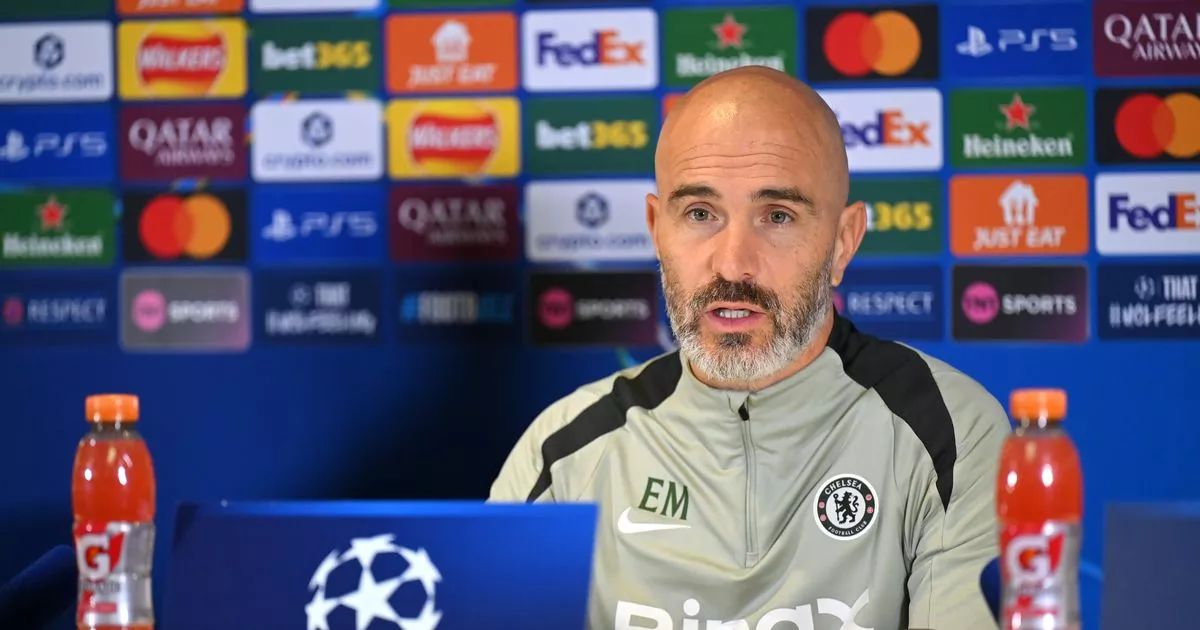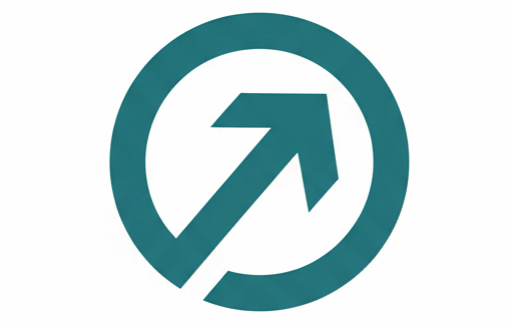Chelsea’s Mismanagement of Dario Essugo’s Injury Reflects Deeper Issues in Player Welfare and Club Priorities
In the fast-paced world of professional football, player injuries often become a focal point for both fans and clubs alike. The recent updates surrounding Dario Essugo, a promising midfielder for Chelsea, have ignited discussions about the club’s approach to player welfare and the broader implications of injury management in contemporary football.
Essugo, who signed from Sporting Lisbon for approximately £18 million, represents a significant investment for Chelsea. His potential was seen as integral to the team’s midfield dynamics, particularly as a backup to Moises Caicedo. However, the midfielder has found himself sidelined after undergoing surgery for a thigh injury sustained during training while on international duty with the Portugal U21 team. This raises questions about not only his fitness but also the measures taken to ensure players are adequately managed to prevent such injuries.
Enzo Maresca’s recent statements regarding Essugo’s recovery timeline—expressing uncertainty and suggesting that the player could be out until January—underscore the precarious nature of player health in elite sports. While Maresca mentioned the depth of midfield options available to the team, the reliance on a rotational system does not negate the gravity of losing a player who was expected to contribute significantly. In an era where the physical and mental well-being of athletes is increasingly scrutinized, the implications of such injuries extend beyond a single player.
Historically, football clubs have battled with the dual pressures of immediate performance and long-term player health. The modern game demands not only physical prowess but also mental resilience, and injuries can have cascading effects on a player’s career trajectory. The case of Dario Essugo is emblematic of a larger trend where clubs, in their pursuit of success, sometimes overlook the fundamental need for comprehensive medical support and injury prevention strategies.
In light of Essugo’s situation, it is imperative to consider how Chelsea’s management handles their players’ health. The club has a robust roster, which provides an opportunity for rotation and recovery; however, this depth should not come at the cost of sidelining young talents who may require more individualized care. The emergence of players like Andrey Santos and Romeo Lavia could mitigate the loss of Essugo, but it also raises questions about the club’s long-term vision for integrating young players into the first team.
The injury to Essugo also brings into focus the broader issue of youth player integration within elite clubs. Young athletes often face immense pressure to perform at the highest levels, and an injury can significantly hinder their progression. Chelsea’s reliance on established players while nurturing young talent creates a tension that could impact the club’s future. The balance between immediate success and developing homegrown players is a delicate one, and the handling of injuries like Essugo’s becomes crucial in navigating these waters.
Furthermore, the decision to include Essugo in international duty while he was potentially not fully fit raises ethical questions about the responsibilities of national teams versus club commitments. The conflict between representing one’s country and ensuring a player’s fitness for their club has long been a contentious issue in football. Clubs invest heavily in their players and have a vested interest in managing their health, while national teams often prioritize competition and patriotism.
In a world where the stakes are higher than ever, player welfare must be at the forefront of club management decisions. The potential for injuries is an inherent risk in sports, but proactive measures can make a significant difference. Clubs must invest in better medical facilities, hire more specialized staff, and develop protocols for managing player health in a way that considers both the club’s and the player’s long-term interests.
The injury crisis at Chelsea, particularly concerning players like Dario Essugo, serves as a reminder of the fragile nature of player health in football. As the landscape of the game continues to evolve, it is the responsibility of clubs not only to address immediate performance needs but also to cultivate an environment where players can thrive both physically and mentally. As the football community becomes increasingly aware of mental health issues associated with injuries and performance pressures, the treatment of players and their well-being must take precedence.
As Chelsea navigates through this challenging period without Essugo, the real test lies in how the club handles the situation moving forward. The management’s decisions will not only affect the trajectory of Essugo’s career but also signal to the broader footballing world the importance of prioritizing player welfare over short-term gains. The role of clubs in the modern game is changing, and those that adapt to these new realities will ultimately find success, not just on the pitch but in fostering a healthier environment for their athletes.

Enzo Maresca has admitted he’s not sure when Dario Essugo will return to action with the midfielder currently sidelined through injury.
Essugo underwent surgery on a thigh injury picked up during a training session whilst on international duty with the Portugal U21s.
The 20-year-old joined Chelsea from Sporting Lisbon in the summer for around £18m, and made his debut at the Club World Cup.
Enzo Maresca speaks on Dario Essugo return
Essugo was named on the bench for Chelsea’s first three Premier League games, but was an unused substitute, and will have to wait a little longer for his debut.
The midfielder was signed as a back-up to Moises Caicedo so Chelsea could give the Ecuadorian a rest as and when needed.
![]()
Essugo is currently sidelined with a thigh injury. (Photo by Eddie Keogh/Getty Images)
It’s been reported Essugo could be out until January, and Maresca wasn’t able to offer much in the way of updates when asked before Wednesday’s Champions League clash with Qarabag.
“No, I think he’s still out for a while, probably, I don’t know if the new year, I don’t know, January, December, January,” he told his pre-match press conference.
“Not sure yet, but we are already in November. As you said, yeah, Moi [Caicedo] is doing well. We have also Romeo [Lavia] that is covering that position. We have Andrey Santos that is covering that position.
“In some moment, we’ll use also, I don’t know, Josh [Acheampong], we’ll use Reece [James]. We try, as we always said, we try to find a solution when we miss players.”
Chelsea well stocked in midfield
Whilst the injury to Essugo is a blow, luckily for Chelsea they are well stocked in midfield and have multiple options.
More Stories / Latest News
“I think he’s still” – Enzo Maresca provides rare fitness update on Dario Essugo
Andrey Santos lifts the lid on “perfect” relationship with Estevao
“In this moment” – Enzo Maresca provides Cole Palmer injury update with Barcelona clash looming
Andrey Santos has impressed when given opportunities, and Romeo Lavia is once again fit and available in a huge boost.
Reece James was deployed in midfield against Spurs, so Chelsea have the options to cope with Essugo’s absence, although it’ll be interesting to see how he does once he returns.
